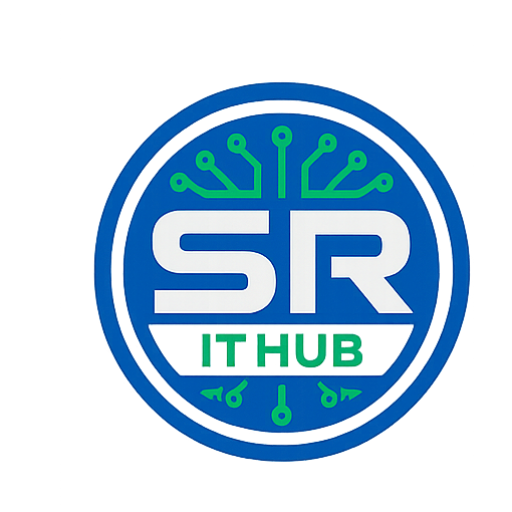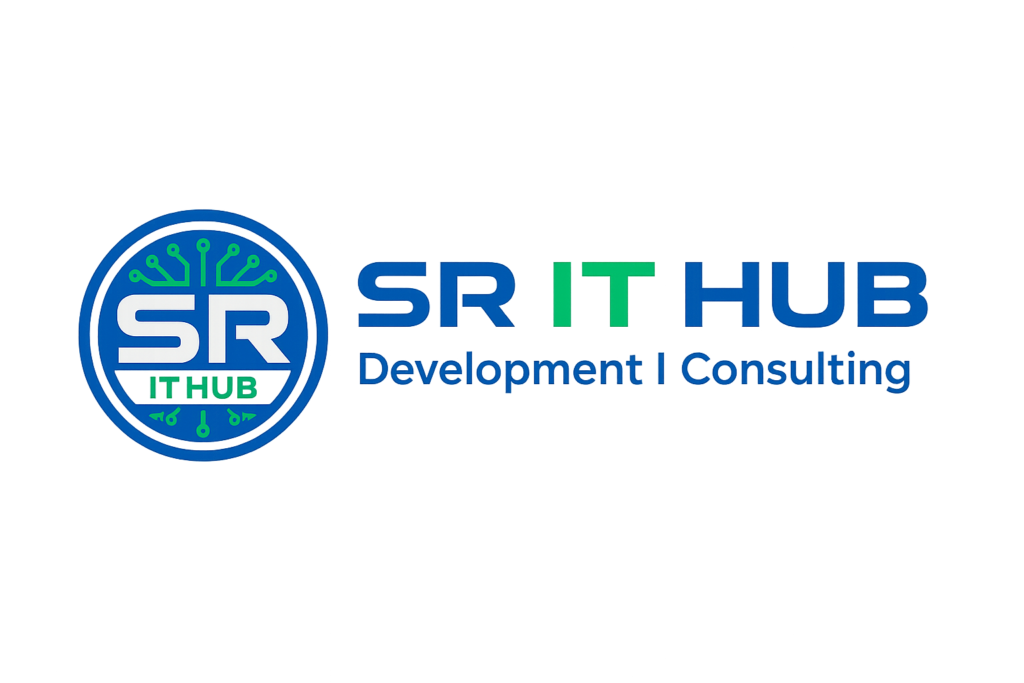ABSTRACT :
The blockchain is a ledger of accounts and transactions that are written and stored by all participants. It promises a reliable source of truth about the state of farms, inventories and contracts in agriculture, where the collection of such information is often incredibly costly. The blockchain technology can track the provenance of food and thus helps create trustworthy food supply chains and build trust between producers and consumers. As a trusted way of storing data, it facilitates the use of data-driven technologies to make farming smarter. In addition, jointly used with smart contracts, it allows timely payments between stakeholders that can be triggered by data changes appearing in the blockchain This article examines the applications of blockchain technology in food supply chains, agricultural insurance, smart farming, transactions of agricultural products for both theoretical and practical perspectives. We also discuss the challenges of recording transactions made by smallholder farmers and creating the ecosystem for utilizing the blockchain technology in the food and agriculture sector.
INTRODUCTION :
A decade has passed since the release of the whitepaper “Bitcoin: A Peer-to-Peer Electronic Cash System” by the pseudonymous author (Nakamoto 2008). This work set basis for the development of Bitcoin, the first cryptocurrency that allowed reliable financial transactions without the need of a trusted central authority, such as banks and financial institutions (Tschorsch and Scheuermann 2016). Bitcoin solved the double-spending problem (i.e. the flaw associated to digital tokens because, as computer files, can easily be duplicated or falsified), with the invention of the blockchain technology. A blockchain is a digital transaction ledger, maintained by a network of multiple computing machines that are not relying on a trusted third party. Individual transaction data files (blocks) are managed through specific software platforms that allow the data to be transmitted, processed, stored, and represented in human readable form. In its original bitcoin configuration, each block contains a header with a time- 2 stamp, transaction data and a link to the previous block. A hash gets generated for every block, based on its contents, and then becomes referred in the heading of the subsequent block (see Figure 1). Hence, any manipulation of a given block would result in a mismatch in the hashes of all successive blocks.
EXISTING SYSTEM :
Information and Communication Technology does not avoid bias in the collection and use of data. Individuals operating ICT always are motivated to use data in a way that favours their own interest. For example, stakeholders’ preference in a multi-criteria decision is highly influenced by the organization they represent (Collier et al., 2014) and NGOs can have a disproportionate focus on the issues to address due to its interest (Ngo Monitor, 2015). An effective way of avoiding such bias is to make data manipulation difficult or even impossible by distributing the power of data management to a very large number of individuals.
A blockchain is a ledger in which agents take turns recording information on the process of generating, transacting and consuming a product or service. The ledger is collectively managed by all participating parties typically through a peer-peer network. A new record must be verified by the network before adding it to the blockchain. Any alteration to the recorded data should follow consensus decision making protocol, meaning the majority of the parties involved should agree. In addition, an alteration to one record will lead to the alteration of all its subsequent records. It is, therefore, almost impossible to change in data recorded in a blockchain in practice. Blockchain is viewed as “an open, distributed ledger that can record transactions between two parties efficiently and in a verifiable and permanent way” (Iansiti and Lakhani, 2017). Blockchain is a transformative ICT that have the potential to revolutionized how data is used for agriculture.
PROPOSED SYSTEM :
Smart agriculture :
Underlying the agri-food systems is the essential data and information on the natural resources that support all forms of farming. As shown in Figure 1, data and information flow while products flow from inputs to output through various value-adding stages as well as financial flow from output to inputs. Different actors and stakeholders generate and manage data and information as per their needs and capacities. Smart agriculture is featured by the utilization of ICT, internet of things (IoT), and various modern data collection and analysis technologies including unmanned aerial vehicles (UAV), sensors and machine learning. A key issue of establishing smart agriculture is developing a comprehensive security system that facilitates the use and management of data. Traditional ways manage data in a centralized fashion and are prone to inaccurate data, data distortion and misuse as well as cyber-attack. For example, environmental monitoring data is generally managed by centralized government entities that have their own interest. They can manipulate the decision-making related to data.
SYSTEM REQUIREMENTS
SOFTWARE REQUIREMENTS:
• Programming Language : Python
• Font End Technologies : TKInter/Web(HTML,CSS,JS)
• IDE : Jupyter/Spyder/VS Code
• Operating System : Windows 08/10
HARDWARE REQUIREMENTS:
Processor : Core I3
RAM Capacity : 2 GB
Hard Disk : 250 GB
Monitor : 15″ Color
Mouse : 2 or 3 Button Mouse
Key Board : Windows 08/10

